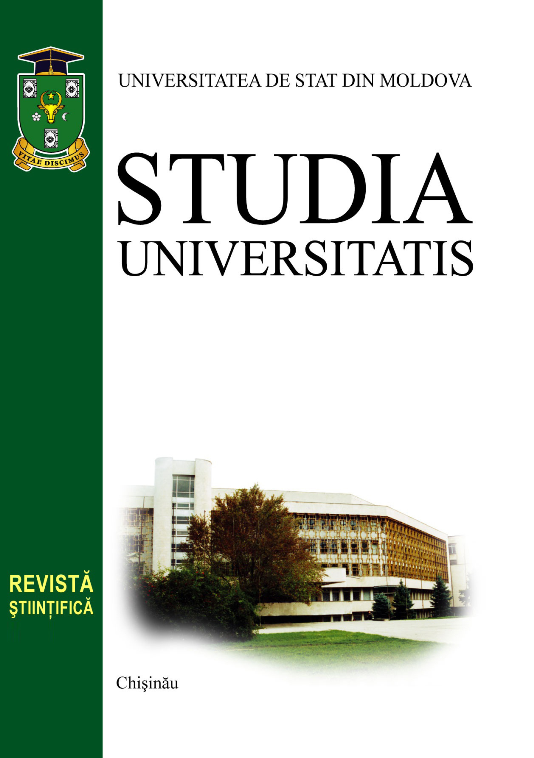FACTORII DE VIRULENŢĂ A FUNGILOR PATOGENI: SEMNIFICAŢIA CLINICĂ ŞI DETECTAREA FENOTIPICĂ
Olga BURDUNIUC Agenţia Naţională pentru Sănătate Publică Universitatea de Stat de Medicină şi Farmacie „Nicolae Testemiţanu”
Аннотация
VIRULENT FACTORS OF PATHOLOGIC FUNGI: CLINICAL MEANING AND PHENOTIPICAL DETECTION
The article represents the review based on the analysis of literary sources, selected through documentary research into Web of Science, PubMed/MedLine, EMBASE, Scopus, and HINARI databases containing the most recent and relevant information. Studies concerning the fungi virulent factors and the methods of their detection. In the paper, data on the following pathogenicity factors are presented: adhesion mechanisms, synthesis of hydrolytic enzymes responsible for host tissue lesions, immunomodulatory effects, deterioration of the antimicrobial resistance of the host, mechanisms of biofilm formation are presented. The in vitro research methodologies of these factors are listed. The ability of fungi to cause disease is due to virulence factors that help the survival of fungi and persistence in the host, resulting in tissue damage and disease. Detection of virulence and persistence factors allows microbiologists and clinicians to distinguish between colonization and fungal infection.
Keywords: fungi, factors of virulence, persistence, pathogenicity.


